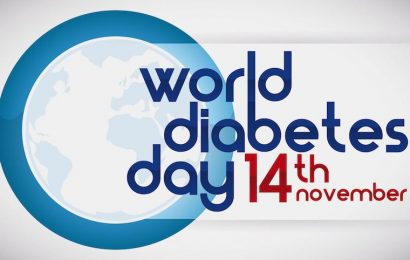As Amy Campbell wrote in a blog post earlier this year, consuming some sugar in our diet is pretty much unavoidable. Sugar occurs naturally in many different foods with proven health benefits, including a variety of fruits, processed (cooked) tomato products such as tomato paste or spaghetti sauce, and milk and other dairy products. Most dietitians and nutrition experts, however, wouldn’t tell you to worry about the sugar you might be consuming from your glass of milk and apple slices.
A far bigger problem for most people is “added sugars”: refined sugar (in forms ranging from white sugar to high-fructose corn syrup to molasses) that is added to processed foods. According to a study published last year by the National Center for Health Statistics, added sugars account for over 14% of total calories consumed by both men and women between the ages of 20 and 39. This translates to 397 calories of added sugars for men and 275 calories for women. By contrast, the American Heart Association recommends limiting daily added-sugar intake to no more than about 150 calories for the typical man and 100 calories for the typical woman. The World Health Organization recommends a target of 5% of total calories for added sugars, which is about 140 calories for men and 95 calories for women.
Of course, it can be difficult to keep track of your added-sugar intake, especially since the current Nutrition Facts label in the United States doesn’t distinguish between naturally occurring and added sugars. To give consumers more information, the US Food and Drug Administration (FDA) has proposed a new label design that would list added and total sugars separately. But this design has come under fire from food giant Kellogg, which officially submitted comments criticizing the new label’s design. According to an article about the controversy at FoodNavigator-USA.com, Kellogg came to the conclusion that the new label design was confusing after conducting an online survey of 1,000 consumers in May of this year. According to Kellogg, 22% of survey respondents could not correctly identify the total sugar content of a food using the new label, with many incorrectly adding the amount of “added sugars” and “sugars” together. By contrast, only 7% of respondents couldn’t identify the sugar content using the current label, which lists only “sugars.”
The article goes on to note that food manufacturers, many of which belong to the Grocery Manufacturers Association, are split on whether they support or oppose the proposed “added sugars” label change. The association writes, in its comments to the FDA, that companies supporting the change see it as a way for consumers to identify empty calories in products, while those opposing the change “believe that FDA is strongly implying to consumers that added sugars are indeed distinct and different from (and less healthful than) inherent sugars, when they are not. Thus, added sugar labeling may convey false and misleading information to consumers.”
What do you think — does it matter than some people might misread the new Nutrition Facts label with “added sugars”? Is there a better way to convey this information that is less confusing than lines for “sugars” and “added sugars”? Do you keep track of added sugars in your diet, for diabetes-related or other health reasons? Should naturally occurring sugars, such as those in fruits, also be viewed with suspicion, in your experience? Leave a comment below!




